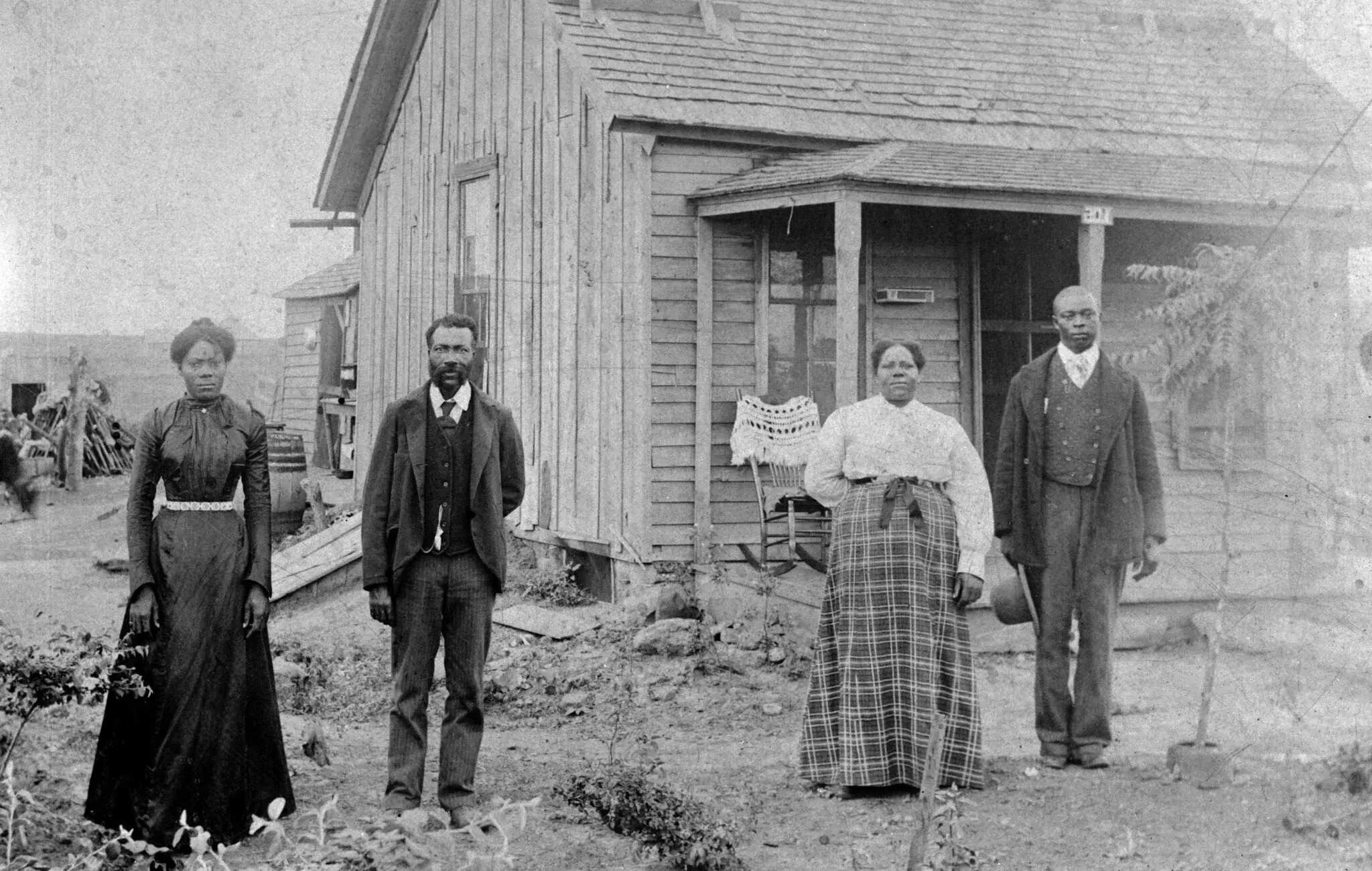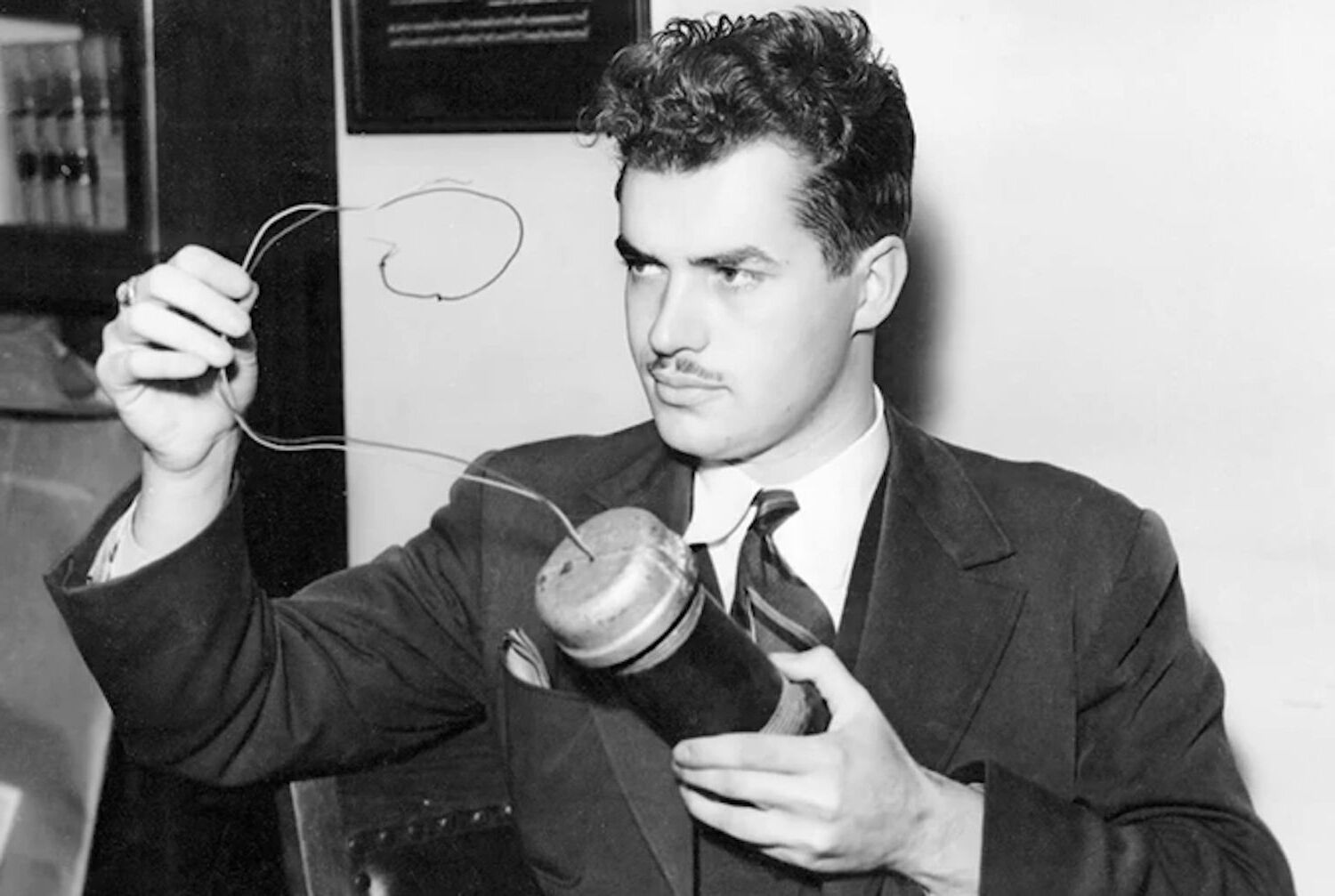
Slavery is a dark chapter in human history, spanning centuries and continents. It wasn't just a single event but a series of practices that affected millions. From ancient civilizations to the transatlantic slave trade, the impact of slavery is profound and far-reaching. Did you know that the first recorded instance of slavery dates back to 3500 BCE in Mesopotamia? Or that the transatlantic slave trade forcibly transported over 12 million Africans to the Americas? These facts are just the tip of the iceberg. Understanding the history of slavery helps us grasp the struggles and resilience of those who endured it. Let's delve into 27 compelling facts that shed light on this crucial topic.
Key Takeaways:
- Slavery has a long history, from ancient civilizations to the modern era, shaping societies and economies. It's important to understand its origins and impact on the world.
- Efforts to end slavery have been ongoing for centuries, with significant milestones like the abolition of the transatlantic slave trade and the fight against modern forms of slavery. It's crucial to continue the fight for freedom and human rights.
The Origins of Slavery
Slavery has existed for thousands of years, shaping societies and economies. Here are some key facts about its origins.
- The earliest records of slavery date back to 3500 BCE in Mesopotamia. Slaves were often prisoners of war or debtors.
- Ancient Egypt also practiced slavery, using slaves for construction projects like the pyramids.
- In ancient Greece, slaves were often captured in wars or born into slavery. They played crucial roles in households and agriculture.
- The Roman Empire had a vast number of slaves, who worked in households, mines, and farms. Some even became gladiators.
Slavery in the Middle Ages
The Middle Ages saw the continuation and expansion of slavery across different regions.
- During the Viking Age, Norsemen captured and sold slaves, known as thralls, across Europe.
- The Islamic Caliphates also engaged in the slave trade, capturing people from Africa, Europe, and Asia.
- In medieval Europe, serfdom was a form of bonded labor where peasants worked the land for protection and sustenance.
- The trans-Saharan slave trade involved the transport of slaves across the Sahara Desert to North Africa and the Middle East.
The Transatlantic Slave Trade
The transatlantic slave trade was one of the most brutal and extensive forms of slavery in history.
- Beginning in the 15th century, European powers like Portugal and Spain began transporting African slaves to the Americas.
- The Middle Passage was the horrific journey enslaved Africans endured across the Atlantic Ocean. Many died due to inhumane conditions.
- Slaves were primarily used in plantations to grow cash crops like sugar, tobacco, and cotton.
- The transatlantic slave trade lasted for over 400 years, forcibly transporting an estimated 12 million Africans.
Slavery in the Americas
Slavery had a profound impact on the development of the Americas.
- In the United States, slavery was legally established in the 17th century and became a cornerstone of the Southern economy.
- The Haitian Revolution (1791-1804) was the first successful slave rebellion, leading to Haiti's independence.
- Brazil was the last country in the Americas to abolish slavery in 1888.
- The legacy of slavery in the Americas includes systemic racism and economic disparities that persist today.
Abolition Movements
Efforts to end slavery have been ongoing for centuries, with many notable milestones.
- The British Empire abolished the transatlantic slave trade in 1807 and slavery itself in 1833.
- The United States abolished slavery with the 13th Amendment in 1865, following the Civil War.
- Harriet Tubman, an escaped slave, helped hundreds of slaves to freedom via the Underground Railroad.
- The Emancipation Proclamation, issued by President Abraham Lincoln in 1863, declared all slaves in Confederate states to be free.
Modern-Day Slavery
Despite legal abolition, slavery still exists in various forms around the world.
- Human trafficking is a modern form of slavery, involving the exploitation of people for labor or sex.
- Forced labor affects millions globally, with victims working in industries like agriculture, construction, and manufacturing.
- Child labor is another form of modern slavery, with children forced to work in hazardous conditions.
- Debt bondage, where individuals are forced to work to repay debts, is prevalent in countries like India and Pakistan.
The Fight Against Modern Slavery
Efforts to combat modern slavery continue through legislation and activism.
- The United Nations adopted the Universal Declaration of Human Rights in 1948, affirming the right to freedom from slavery.
- Organizations like the International Labour Organization (ILO) work to eradicate forced labor and human trafficking.
- Awareness campaigns and survivor support programs are crucial in the fight against modern slavery.
Reflecting on Slavery's Legacy
Slavery's impact on history can't be overstated. It shaped economies, societies, and cultures in profound ways. Understanding these facts about slavery helps us grasp the depth of its influence and the struggles faced by those who lived through it. From the brutal conditions of the Middle Passage to the fight for freedom and civil rights, the legacy of slavery is a testament to human resilience and the ongoing quest for justice.
Learning about this dark chapter in history isn't just about remembering the past; it's about recognizing the echoes of slavery that still affect our world today. By educating ourselves and others, we can work towards a more just and equitable future. Let's honor the memory of those who suffered by striving to create a world where freedom and equality are truly universal.
Frequently Asked Questions
Was this page helpful?
Our commitment to delivering trustworthy and engaging content is at the heart of what we do. Each fact on our site is contributed by real users like you, bringing a wealth of diverse insights and information. To ensure the highest standards of accuracy and reliability, our dedicated editors meticulously review each submission. This process guarantees that the facts we share are not only fascinating but also credible. Trust in our commitment to quality and authenticity as you explore and learn with us.


